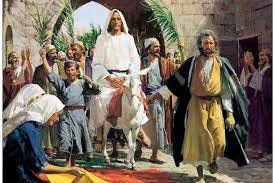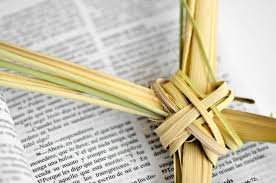My enduring memory of Holy Saturday evokes a sense of a strange emptiness and endless waiting in a dark void. This final day of lent follows the dramatic liturgy of Good Friday. At the end of the Friday service, altar coverings are removed leaving a bare altar and an empty tabernacle. We are left to meditate on the suffering and death of Jesus in a liturgical vacuum. Saturday’s bewildering atmosphere is one of restless waiting. We are part of a suffering universe longing for the fulfillment of Jesus’ promise of resurrection and redemption. This day we dwell in hope.
Crown Of Thorns With Royal Shadow Watercolor Digital Art by Allan Swart
This state of emptiness throughout Holy Saturday prepares us for the Easter Vigil which traditionally begins on the same evening. The strange atmosphere of Holy Saturday increases our longing to celebrate the Easter drama which renews and strengthens our faith. We are ready to rejoice in professing that we and all that exists have been created by a God who loves, forgives, and redeems us.
Our world is full of suffering caused by hate, wars, greed, and the destruction of our planet. Yet, amid this chaos, there is much love to be found in the work done by so many ordinary people to care for persons and the earth. Love, not force, violence, or punishment brings about change. Easter is the most important feast in the liturgical calendar. It is a celebration of our faith in God who will not abandon what He has created. The victory of Jesus’ resurrection is a celebration of great joy, a promise of redemption, and a call to renew our faith. We participate in a loving union with God who invites and empowers each of us to share in this work of healing our world and bringing about unity among all peoples and with all of creation.
- Sister Patricia McKeon











